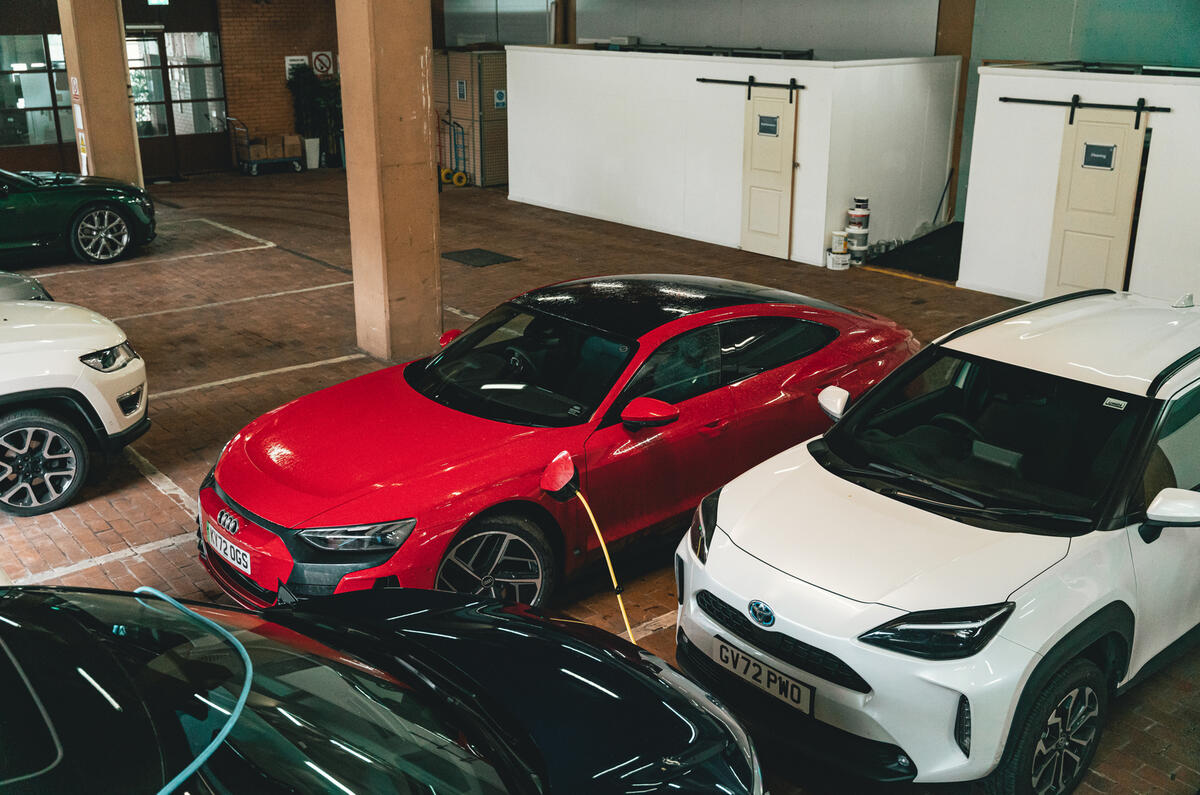Saving money on fuel has always been a selling point for electric cars, but the margin is tighter than it used to be.
Charging costs have surged since 2021, due to rising electricity prices, and HMRC’s approved mileage rates for company car drivers don’t always cover those costs.
But whether you’re travelling for work or for pleasure, small changes can add up to big savings. Here’s how.
1. Smooth and steady driving
There’s a lot to love about EVs’ straight-line pace, but they’re much more sensitive to driving style than petrol or diesel cars.
Using Eco mode to blunt that performance and being gentler with the pedals won’t just reduce the amount of energy you’re drawing from the battery but also put more back in.
Although EVs have a traditional friction braking system, they tend to only use them when they need to stop quickly. The rest of the time, they’re using magnetic resistance within the motor to slow down, and this regenerative braking (or regen) produces electricity that can be fed back into the battery.
Look further ahead and back off a bit earlier for junctions and you will wring a few extra miles out every charge.
2. Plug in at home
If you’re lucky enough to have somewhere to plug in at home, it’s almost always the most convenient and cheapest place to charge.
For example, the Tesla Model Y – the UK’s best-selling EV – officially travels 4.4 miles per kWh of electricity in Long Range trim. That’s 6p per mile if you’re on an Ofgem-capped home energy tariff, or around half the cost of the slowest public chargers, according to Zap-Map’s latest price data.
Ordering one is easy. Most leasing companies have options to add a home charger while speccing a company car. Your employer can pay for it without any tax implications. If you’re doing a lot of business mileage, they will quickly recover that cost by avoiding paying for expensive public chargers.
3. Charge overnight
Wholesale electricity costs change constantly, as they’re set by the most expensive source of that energy.
Utility companies pay more during the day, when demand is greater and there’s a larger share coming from fossil-fuelled power plants, and less at night, when cheaper renewables are doing most of the work. Some of them also offer tariffs that pass those cheaper costs onto customers.







Join the debate
Add your comment
We got a company-issued electric car at work, and at first I just couldn't understand why the charging bill was growing faster than the kilometers on the odometer. I started looking for rental options and comparing offers until I read reviews here https://www.dm-auto-leasing.reviews/review.html . The reviews there helped me figure out which companies are truly transparent in their terms and conditions and don't jack up hidden fees. Now, before signing a contract, I read other people's experiences first—that's where savings start.